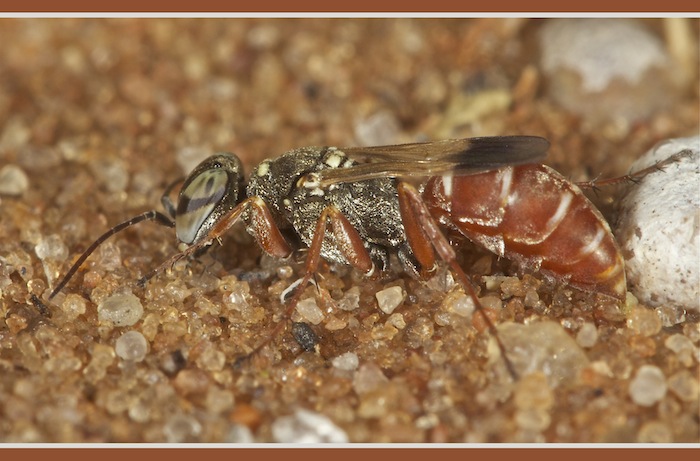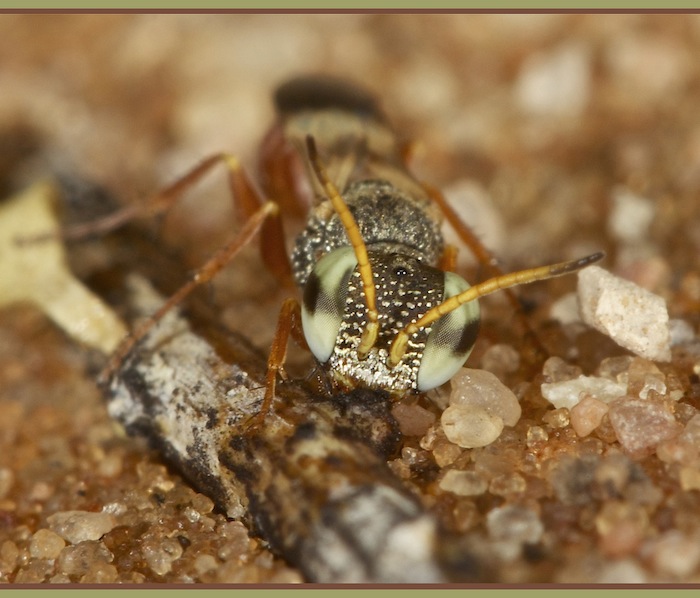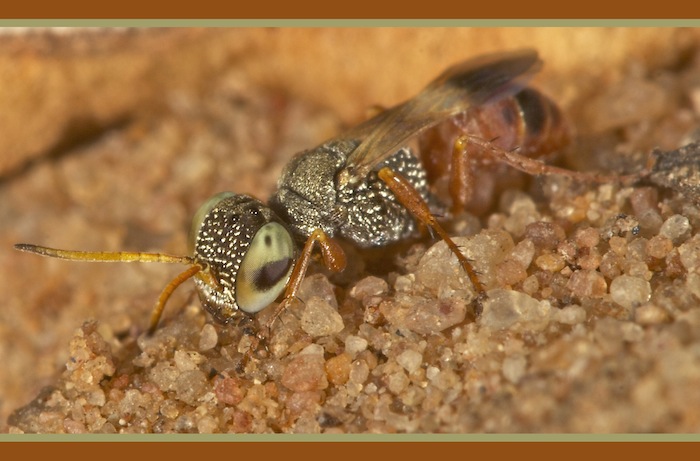Page 48 of 295
Re: Insect or Invertebrates Identification
Posted: Tue Jan 28, 2014 10:35 pm
by ExFmem
Toko wrote:Had a look at several genera and there a some look alikes

I think it is very difficult to tell the genus within the subfamily

Very much agree with that!
Oh, I also added a butterfly to that book for you to index please.

Re: Insect or Invertebrates Identification
Posted: Wed Jan 29, 2014 2:13 am
by ExFmem
Re: Insect or Invertebrates Identification - DONE
Posted: Wed Jan 29, 2014 6:38 pm
by ExFmem
To be added please:
Bee-wolf Philanthus triangulum

I also added an ant entry to be indexed.
Re: Insect or Invertebrates Identification - DONE
Posted: Wed Jan 29, 2014 6:44 pm
by Toko



Great photo!
Do I add KTP for location?
Re: Insect or Invertebrates Identification - DONE
Posted: Wed Jan 29, 2014 7:32 pm
by ExFmem
Toko wrote:


Great photo!
Do I add KTP for location?
Oops, yes. Mata Mata camp
I keep forgetting that! Think I need to edit my ant for locale as well. Thanks for the reminder

Re: Insect or Invertebrates Identification - DONE
Posted: Wed Jan 29, 2014 8:35 pm
by ExFmem
To be Indexed please-just entered Cuckoo Wasps into the book.

Re: Insect or Invertebrates Identification - DONE
Posted: Wed Jan 29, 2014 9:26 pm
by nan
it is magnificent... in "bright dress"

Re: Insect or Invertebrates Identification - DONE
Posted: Thu Jan 30, 2014 4:37 pm
by ExFmem
To be added please:
Housefly, Common Housefly Musca domestica
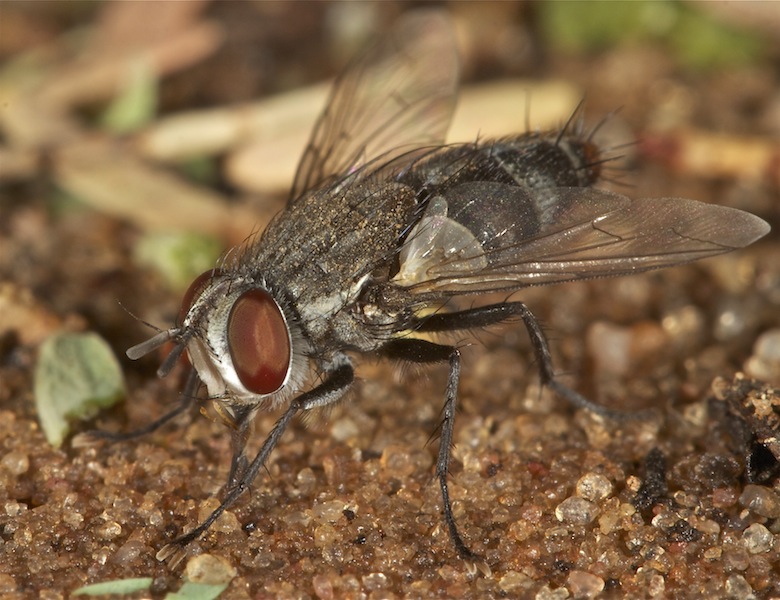
Life Cycle
Female flies lay numbers of eggs in suitable larval food sources such as decomposing food in garbage, animal excrement or other decomposing organic materials. Eggs hatch within a day into small maggots. Within a week, maggots grow and develop through three stages (instars) before they inflate their last larval skin into a puparium (pupa). After 4 to 6 days, adult flies emerge. Development from egg to adult can be completed in about 8 days under optimal conditions, and 12 generations can occur each summer. Adults normally live up to 25 days but may overwinter.
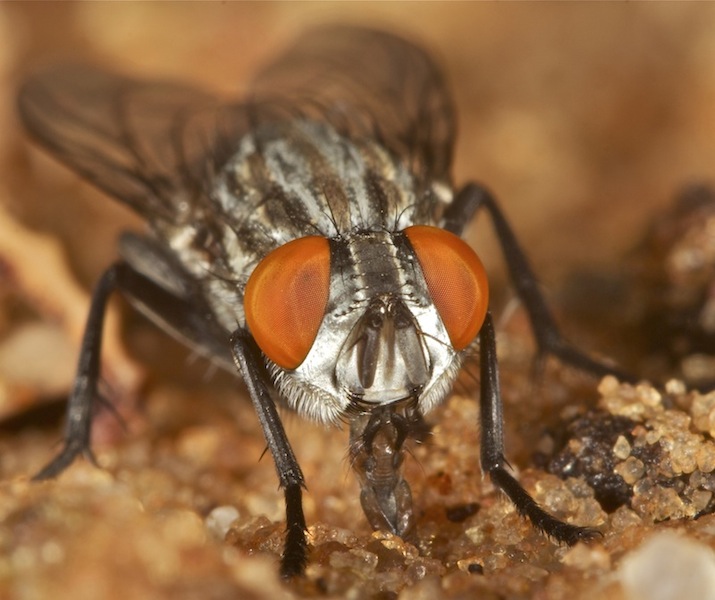
Mouthparts
Its mouthparts are made of soft, spongy structures called a labella and a proboscis. The labella gently dabs liquids into the proboscis, which then sucks up the liquid. If the fly encounters solid food it wants to eat, it drops saliva onto it, turning the food into a liquid.
Flies with sponging mouthparts are usually incapable of biting, however some species have sharp teeth on the pseudotracheae to rasp flesh and draw up blood e.g. the tsetse fly.
Re: Insect or Invertebrates Identification
Posted: Thu Jan 30, 2014 4:46 pm
by ExFmem
Help, please- Both KTP
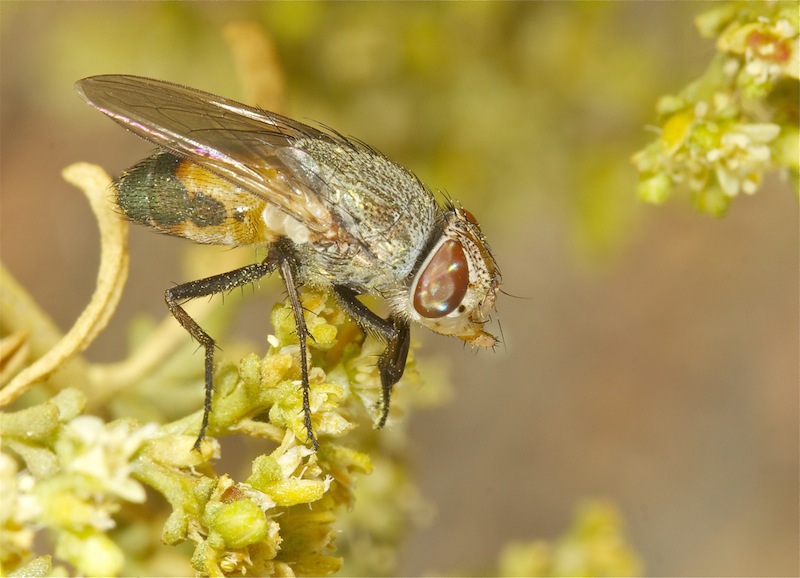
Re: Insect or Invertebrates Identification
Posted: Fri Jan 31, 2014 9:21 am
by BluTuna
ExFmem! Great shots as always

I think the last one might be a Long-Legged Fly of some kind.
Meanwhile, I found this strange thing in my garden and don't have a clue what it is

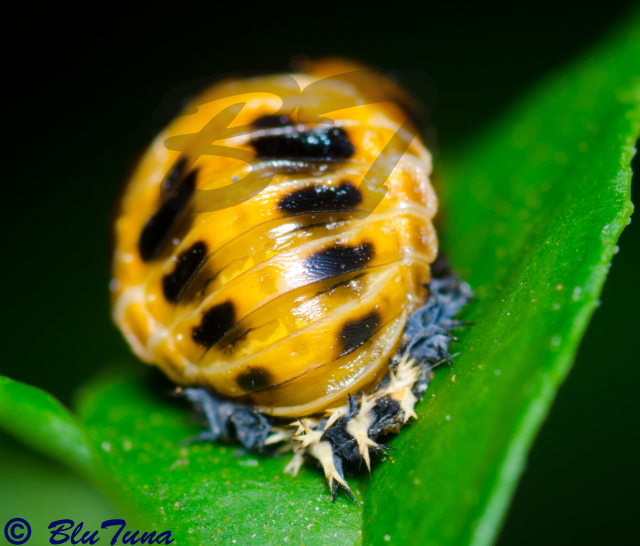
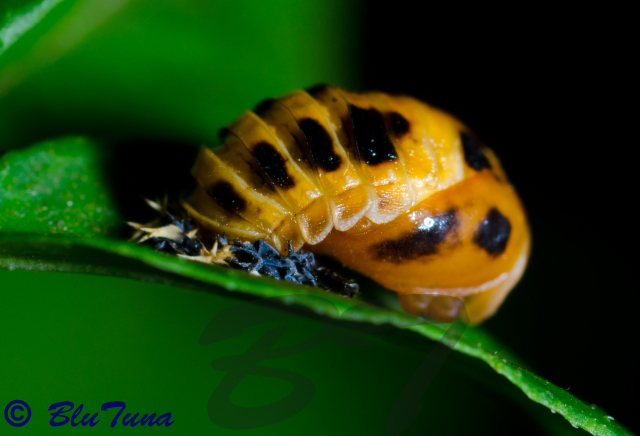
I think it is very difficult to tell the genus within the subfamily
